Sweet potato is a close relative of potato and shares striking semblance with yams. It is usually challenging to tell sweet potatoes apart from yams. In some parts of North America, sweet potatoes are referred to as ‘yams’ even though they are genetically different.
Sweet potatoes occur in a variety of colors, which range from purple to light orange. Sweet potatoes with darker color tones are said to have a higher concentration of beta-carotene.
Sweet potatoes are considered staple foods because they contain many micronutrients and vitamins and are usually grown and consumed in large quantities in countries that are deficient in vitamins and health-wise.
In this article, we shall be revealing the best sweet potato companion plants that would ensure a better yield of the plant.
Table of Contents
Introduction to Companion Planting
Companion planting is a gardening method where different plants are grown next to each other as a result of each plant’s ability to either complement or enhance each other’s growth or repel pests or attract useful insects.
Other reasons farmers and gardeners in both developing and industrialized countries adopt companion planting include water conservation, nitrogen fixation, nutrient uptake, pest control, etc. They usually enhance biodiversity and improve crop productivity.
Let’s get o revealing the best 14 sweet potato companion plants.
Read Also: Best Watermelon Companion Plants
Sweet Potato Companion Plants
Below are some of the best plants that can grow together with sweet potato:
Horseradish
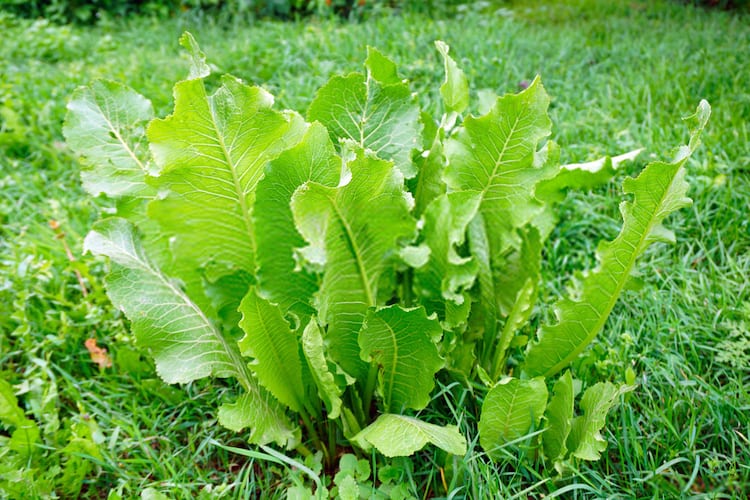
Horseradish is a sweet potato companion plant that is grown for its hot flavor. It is a perennial root vegetable. Horseradish, when grown in companion with sweet potato, increases the sweet potato’s resistance to diseases.
Horseradish is said to repel pests of sweet potato such as potato beetles, potato bugs, aphids, whiteflies, and caterpillars. This pest controlling ability of horseradish is as result of a compound found in it known as allyl isothiocyanate. Allyl isothiocyanate is also responsible for horseradish’s hot taste.
The pest controlling properties of horseradish has little scientific evidence, but it, however, has a wealth of anecdotal backings from farmers and gardeners who swear by its repulsive efficacy.
Some evidences also suggest that adding organic materials from the horseradish plant to the soil around sweet potatoes also helps control pests that attack sweet potatoes.
While horseradish is an excellent companion plant of sweet potato, it is also an incompatible companion for kale, broccoli, and other members of this family.
Peas
Peas are good companion plants of sweet potatoes because they are nitrogen-fixing legumes. Sweet potatoes are usually in demand for nitrogen, so the two crops complement each other when planted together.
Aside from complementing each other’s nitrogen needs, some studies suggest that when both peas and sweet potatoes are grown together, there is usually an increase in yield.
Peas also provide shade for potatoes against sunlight during hot weather. This increased shade helps reduce water loss from the soil, and this helps the potato crop because sweet potatoes require a high amount of water to thrive.
Peas also repel Colorado beetles from sweet potato.
Radishes
Radishes are good companion plants of sweet potatoes. Although they fill up garden spaces, they have shallow roots and grow really fast, so even your sweet potatoes begin to look for spaces to sprout and nutrients, the radishes are good for harvest.
Radishes enhance sweet potato yields by repelling flea beetles.
Yarrow
Yarrow is a sweet potato companion plant. It is a good companion plant for many other plants. Yarrow is a perennial herb that offers help to plants grown around it by attracting helpful insects.
It has deep roots that are later on cut into pieces and lay around the potato plants. When used like this, Yarrow can also deliver the nutrients needed by sweet potatoes.
Yarrow plays a vital role in sweet potatoes grown in compacted soils. It (Yarrow) helps break up the soil.
Garlic
Garlic is an excellent sweet potato companion plant. When grown alongside sweet potatoes, it repels pests from the potato beds. It does this using its signature pungent aroma.
Its pungent smell distracts pests from the primary plant, which is the sweet potato. Garlic is also effective in the treatment of late blight, even more effective than fungicides.
Beans
Beans is one of the best companion plants to sweet potato. It offers similar benefits as peas. Peas and beans are both nitrogen-fixing plants and shade providers.
Planting beans close to sweet potatoes have, according to anecdotal reports, leading to increased overall yields.
Thyme
While thyme makes a good companion for sweet potatoes on the plate, it also makes a good companion in the garden.
Thyme makes a good companion for sweet potatoes as a result of its ability to attract Syrphidae/ hoverflies, which predates on aphids. It also improves the flavor of the potatoes after the harvest. To get an improved flavor, sprinkle some harvest thyme leaves on the roast potatoes.
Corn
Corn is a good companion plant for sweet potato. It is beneficial to sweet potato by providing shade for the potato.
The shade thus provided will see a reduced rate of water evaporation, which would ensure that the potatoes have enough water supplies from the soil, grow well, and eventually taste good when harvested.
Spinach
Spinach is a good companion plant for sweet potato. With its shallow roots, it can be grown around potatoes earlier in the season. One of the benefits of growing spinach around sweet potatoes is that spinach provides a good ground to cover the potatoes, which helps reduce water loss.
Spinach also reduces the incidence of weeds that usually compete against sweet potatoes for nutrients.
Basil
Basil is a herb that also serves as a good companion plant. It thrives in a moist environment underneath mature potato plants. As a sweet potato companion plant, it repels pests such as flies, thrips, and hornworms.
Alliums
Alliums such spring onions, scallions, and green onions are good companion plants of sweet potato. They take up little or no spaces between rows of potatoes because they are small plants.
While alliums are good companion plants for sweet potato, they are incompatible with legumes (beans, peas, etc.), which are great companion plants of sweet potatoes as well.
So while you seek out the best for your sweet potato by practicing companion planting, you should ensure to never grow alliums and legumes in close proximity.
Borage
Borage is a flowering plant that can be grown alongside different plants, including sweet potato; hence it should not be found lacking in your garden.
Borage is useful in an annual vegetable plot, fruit tree guild, or in a forest garden. When grown around your potatoes, it serves as a dynamic accumulator and helps maintain fertility and retain moisture for the potato when they are cut into pieces and laid around the beds.
Borage is also useful in attracting a range of useful insects.
Alyssum
Alyssum is a great companion plant for sweet potato. When grown around the sweet potato, it provides a good ground cover around the plant.
Aside from offering a good ground cover, it also improves garden aesthetics due to its beautiful appearance. In addition to this, Alyssum helps retain soil moisture and attracts wasps that predate on insect pests that attack sweet potatoes.
Lettuce
Lettuce is beneficial to sweet potatoes in an exciting manner. Lettuce may not directly help sweet potatoes directly but would increase the general yield of the garden.
It is a fast-growing crop and becomes harvested before the potatoes begin to seek for space and nutrients.
Sweet Potatoes vs Yams
Although sweet potatoes are genetically different from yams, they are often confused and regarded to be the same.
Below are some differences between the two root crops.
- In the U.S, ‘true yams’ are rarely found at the grocery stores. True yams are natives of Africa and are starchy dry tubers. They are close relatives of Lilies and are cylindrical in shape. True yams are usually brown in color and have rough bark-like skin. In the U.S, true yams can often be found in specialty stores.
- For identification purposes, yams are known to have rough bark-like skins, while sweet potatoes have smooth skin. There are two types of sweet potatoes: the firm sweet potatoes and the soft sweet potatoes. The firm ones are usually regarded as true sweet potatoes by grocery storekeepers in the U.S, while the soft ones are considered to be true yam, but this is wrong. The soft sweet potatoes are those with orange flesh, and copper skins that are usually grown and eaten do not confuse either of them for yams.
When to Plant Sweet Potatoes
Sweet potatoes are best planted during late spring frost. Sweet potatoes require about 3 – 4 months of warm temperature so as to produce a bountiful harvest.
To achieve this, they are best planted in warm soil at 3 – 4 weeks after the last spring frost. You wait until the 3rd to 4th week after late spring frost ensures that the plants do not get killed by late spring frost.
Sweet potatoes thrive well when nighttime temperatures have gotten to at least 55°F (13°C).
Read Also: Best Turnip Companion Plants
Soil Requirement for Sweet Potatoes
Sweet potatoes thrive in sandy soils. They require a lot of air spaces in the soil for their roots to penetrate down enough. If the soil in your garden is compacted, clay, or rocky, you might consider raising beds for the plant.
Choose a location that has enough space for their vines to run through. A space of 3 feet between the rows is adequate.
If you live in colder regions such as the Northern U.S or Canada, you would have to raise the soil’s temperature. You can raise the soil’s temperature by covering the planting site with fabric mulch for about three weeks before planting the sweet potatoes.
Till the planting site to a depth of 8 – 10 inches and raise mounds of about 6 – 8 inches tall with a width of about 12 inches.
Sweet potatoes thrive in fertile and well-drained soil. Ensure that the soil is fertile, and if you are not sure about the soil’s level of fertility, carry out a soil test.
If the test result shows that the soil is fertile, go ahead with your planting, but if it shows that the soil is poor, and then you should amend it. You can amend the soil by use of natural fertilizers such as manure or compost, as sweet potatoes show high sensitivity to aluminum toxicity.
How to Plant Sweet Potato
Sweet potatoes are grown from slips. Slips are sprouts that are grown from sweet potatoes that are stored. Slips can also be bought from local farmers, nurseries, or garden centers. You, too, can also make our own slips in the springtime.
During planting time, plant the slips 12 – 18 inches apart in a bed. Plant the slips very deep enough into the soil so that the soil covers the root and about ½ inch of the stem.
After planting the slips, the first water it receives should be a liquid fertilizer; this is known as a starter solution. This starter solution is high in phosphorous and is usually applied to sweet potato slips immediately after planting.
After applying the starter solution, you can start to generously water the slip for a few days so that the plant may root adequately.
How to Care for Sweet Potato
- Side-dress the sweet potato plants after 3 – 4 weeks after transplanting.
- Start weeding the sweet potato beds two weeks after planting the slips.
- Reshape the beds with soil or mulch.
- Do not dig deeply at the beds with a hoe or any other tool that is capable of disturbing the feeder roots.
- Water the plant on a weekly basis, especially during mid-summer. During hot, dry seasons, you should carry out deep watering on the plant. This helps to increase the plant yields but if you plan on storing some of the potatoes, do not add extra water during the late season as this would cause the tuber’s sin to crack.
- Do not prune the plant’s vines. The vines ought to be vigorous.
- Grow sweet potatoes alongside companion plants. Companion plants would help improve the yield of sweet potatoes by repelling pests that reduce the quality of the product and introducing useful nutrients to the soil for the sweet potatoes’ benefits.
Pests and Diseases of Sweet Potatoes
- Sweet potato scurf
- Flea beetles
- White blister
- Stem rot
- Fungal leaf diseases
Conclusion
Companion plants are intended to bring the best out of the primary plant. So while growing your sweet potato plant, you can select from these sweet potato companion plants and grow alongside it.
Remember that these companion plants do not do all the Tender loving care works, so you must ensure that you take proper care of the plant while it grows and provides it with the optimal conditions necessary for growth.

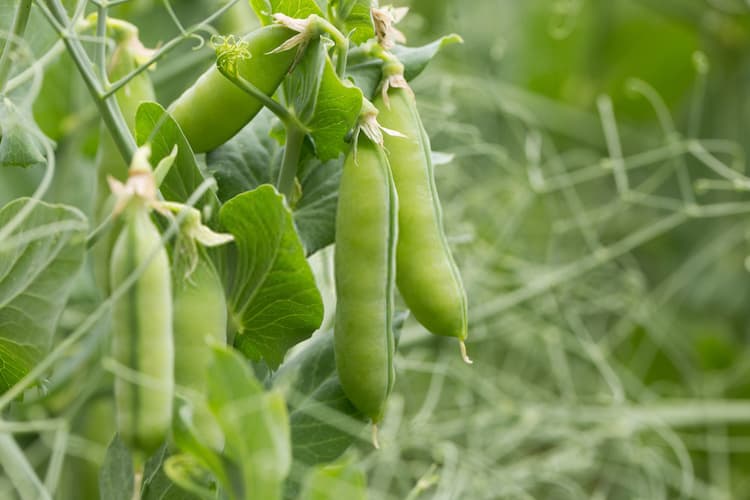
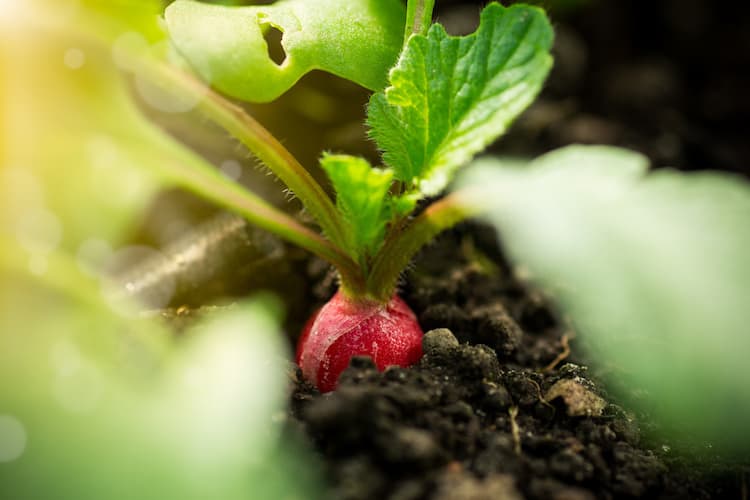
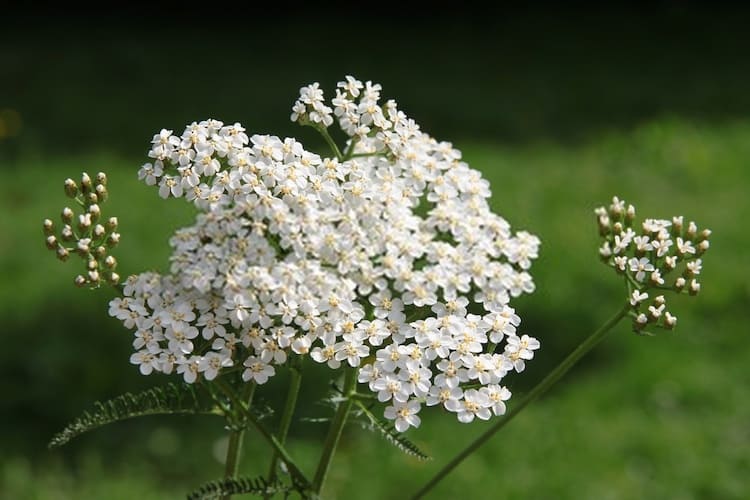
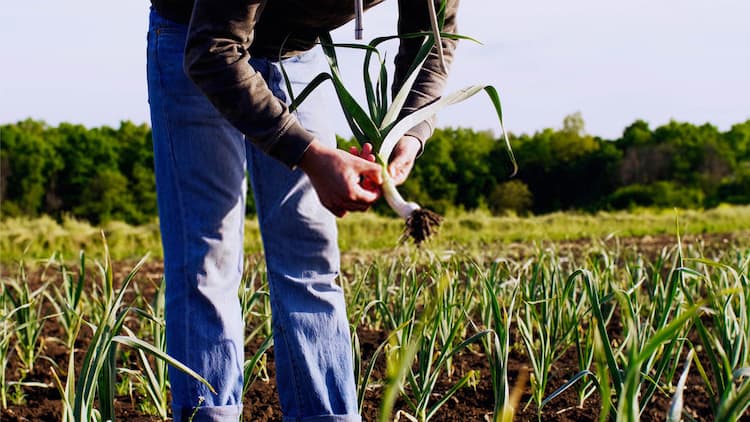
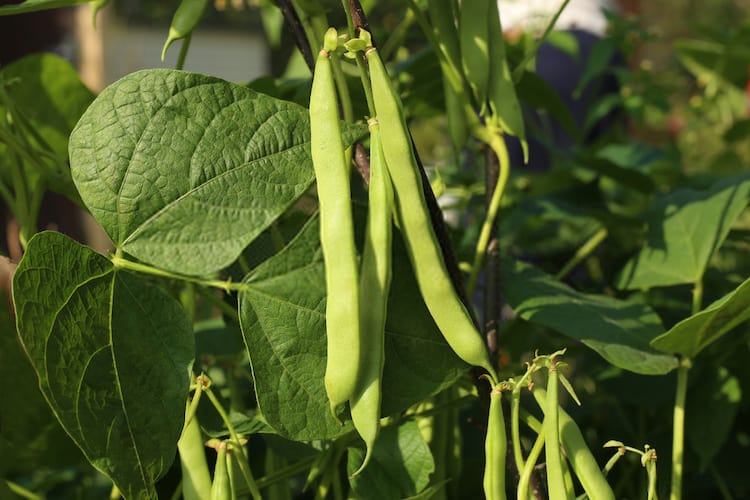
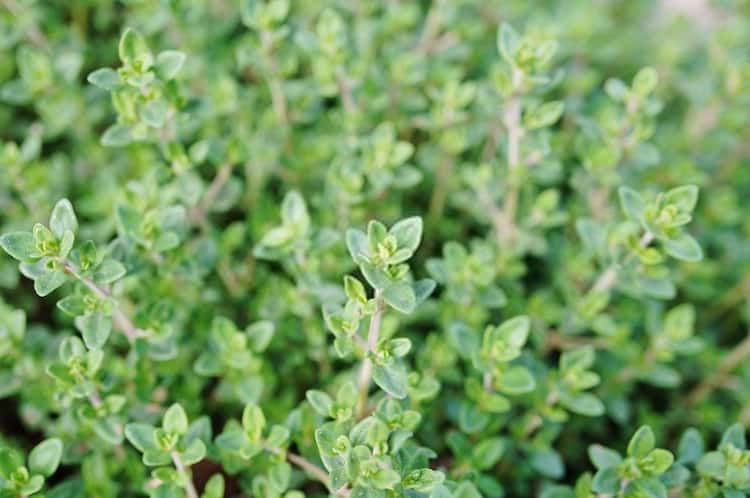
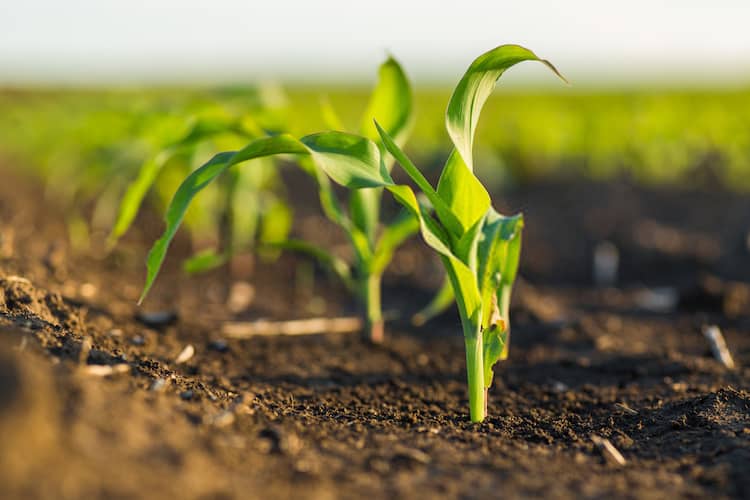
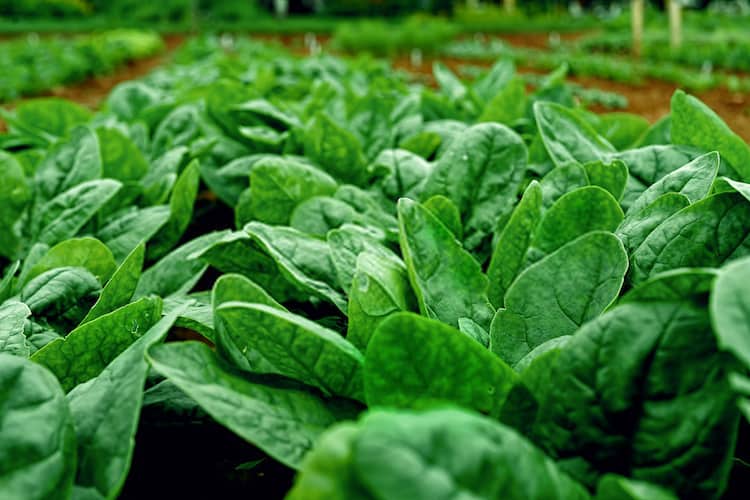
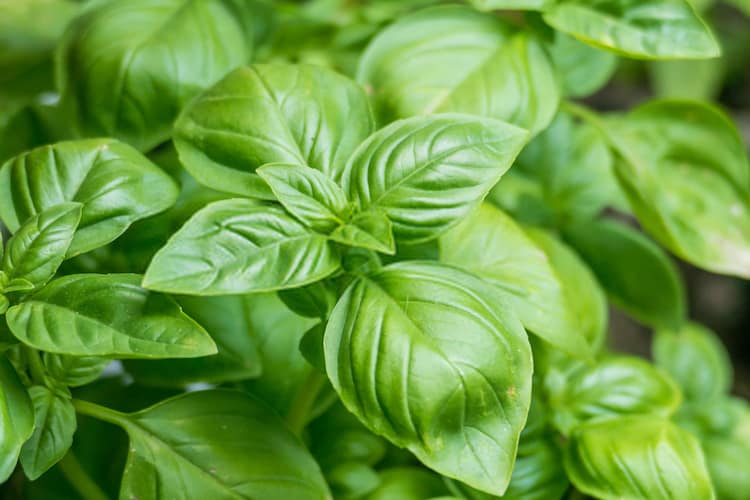
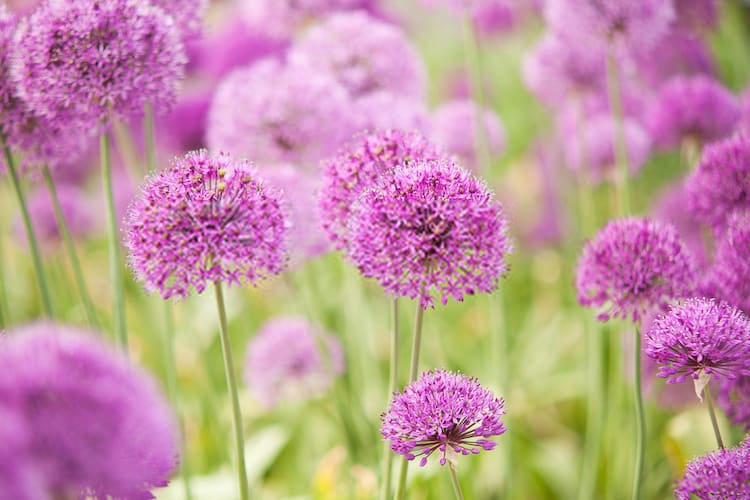
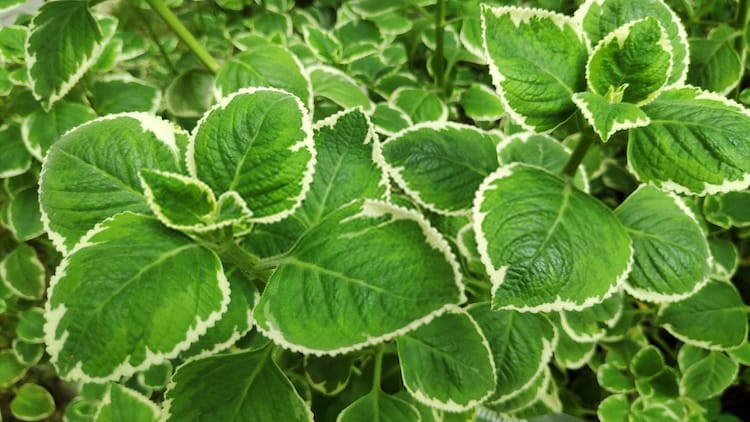
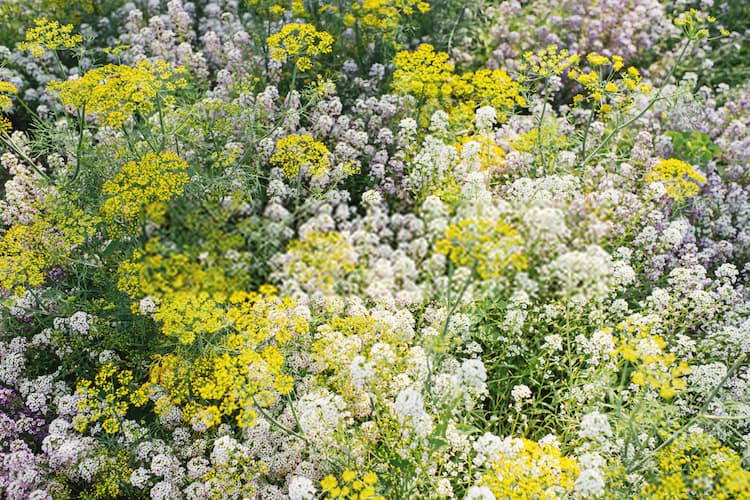
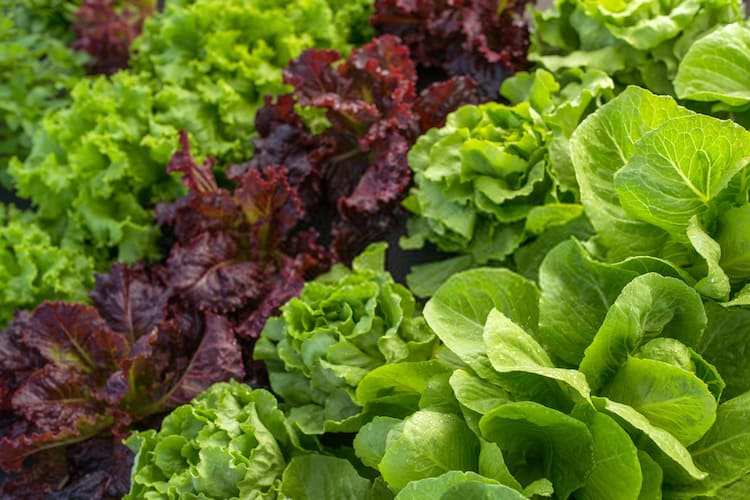
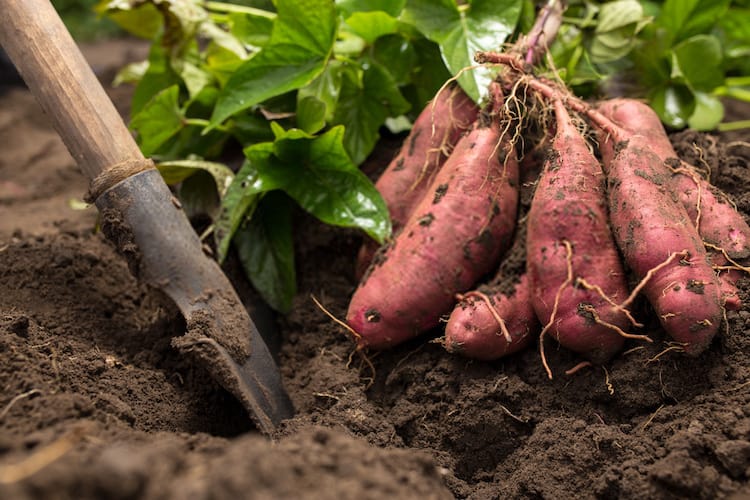
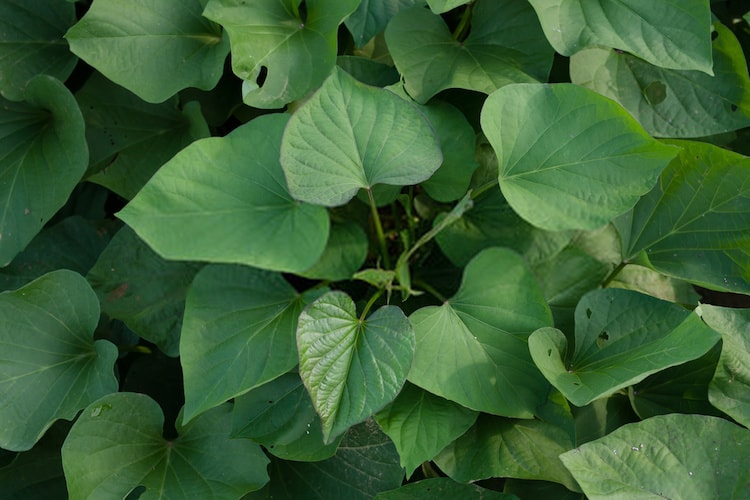




Leave a Reply